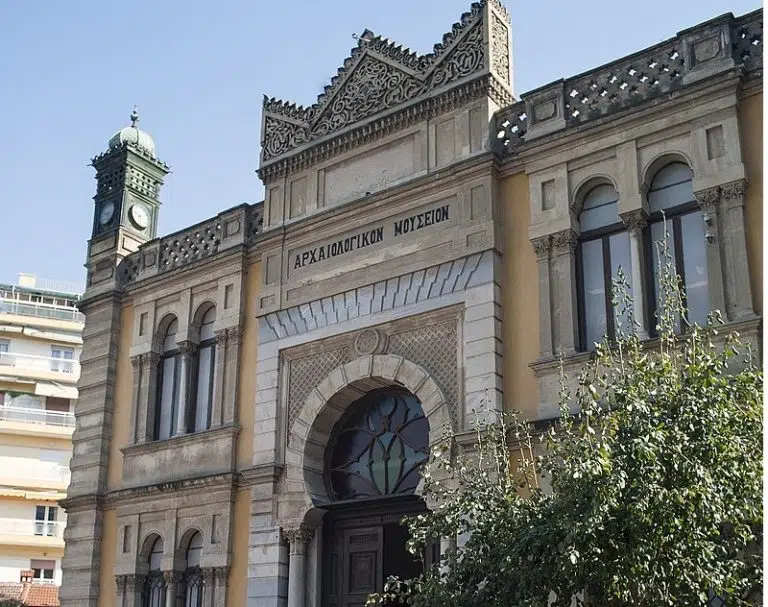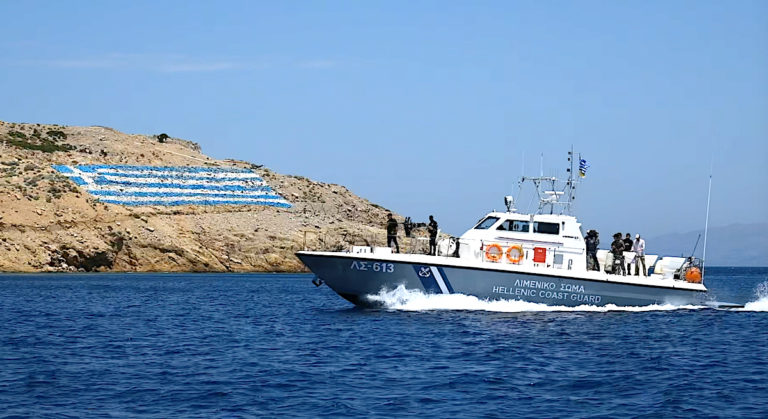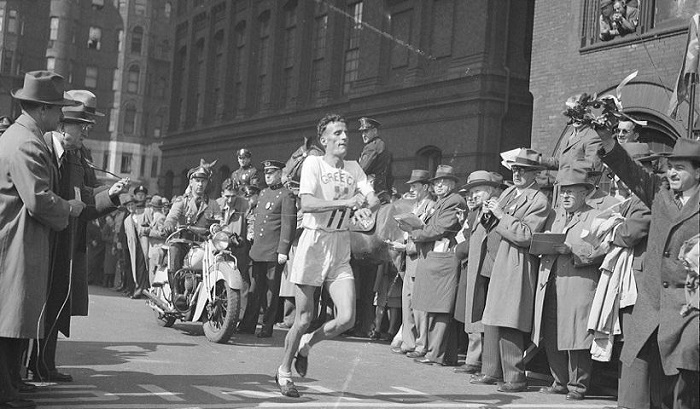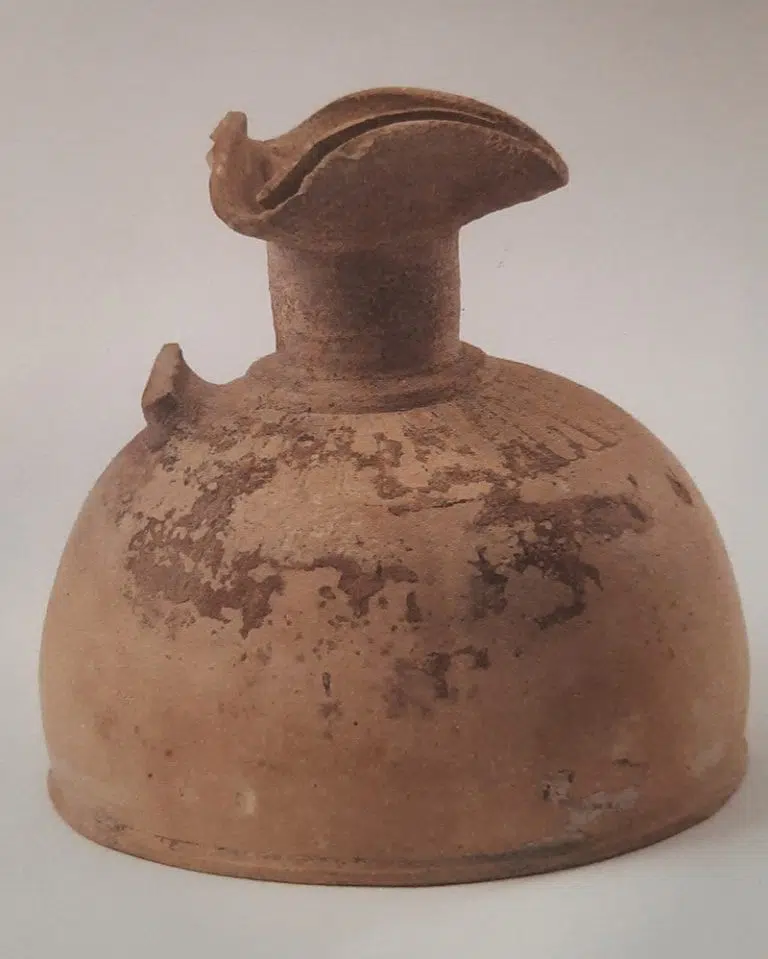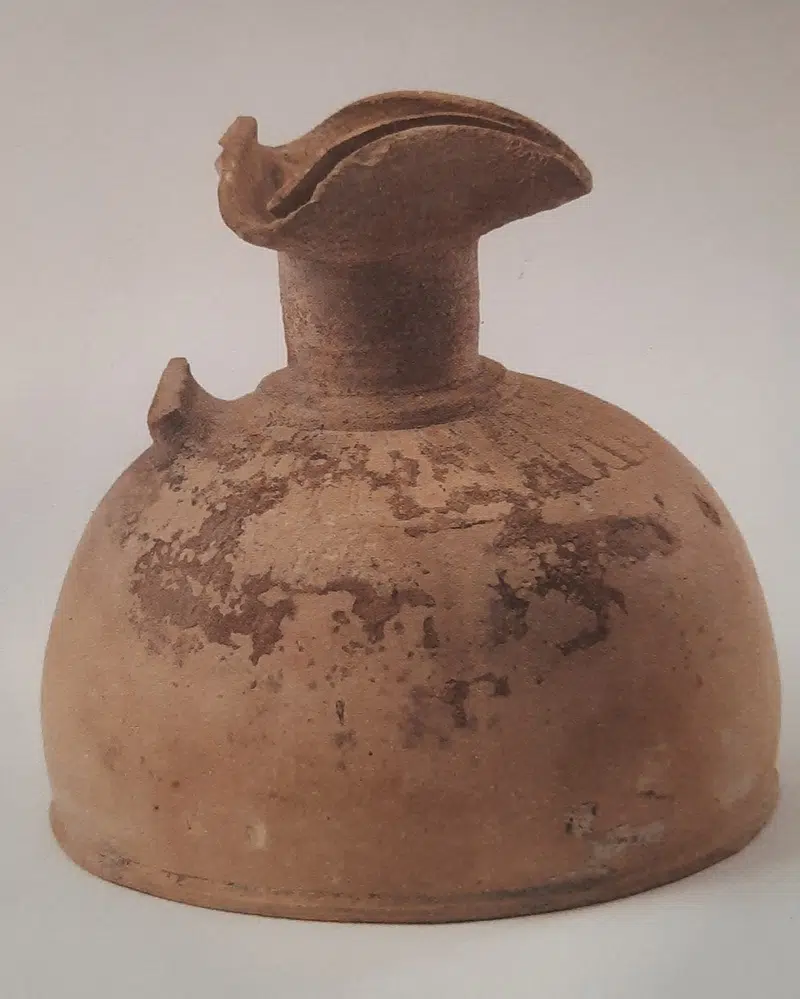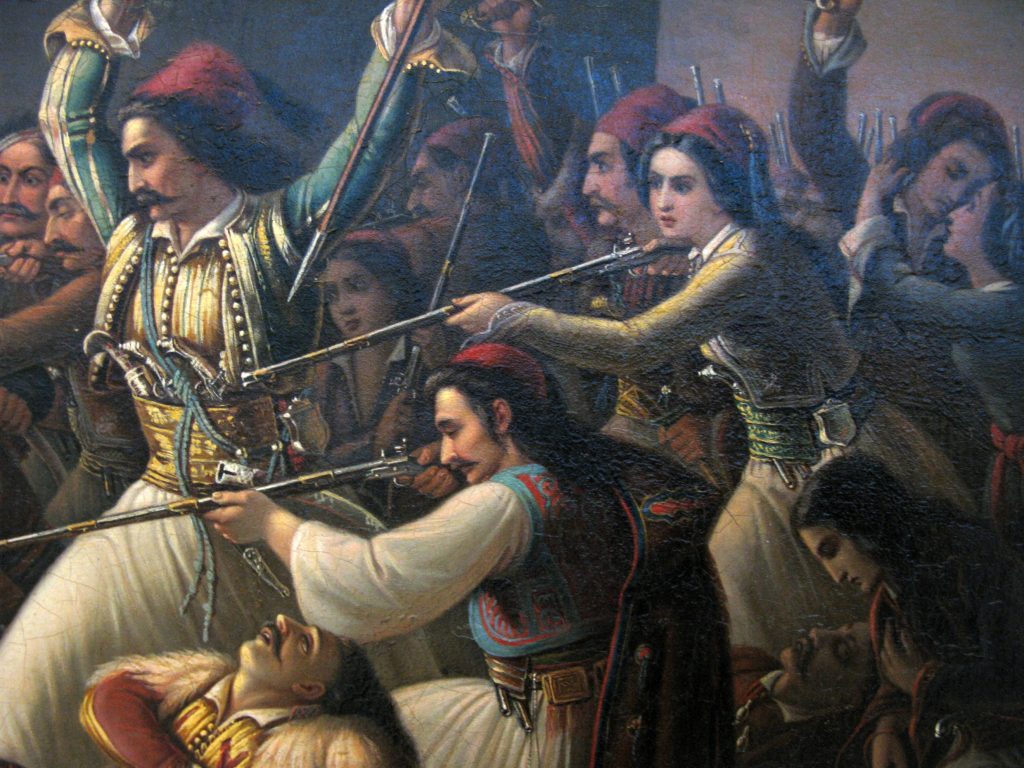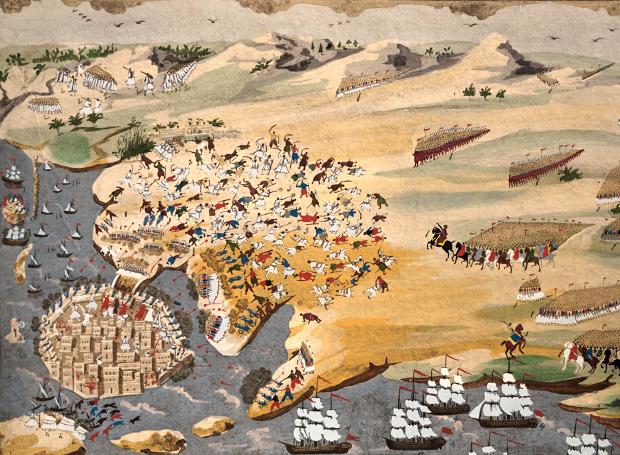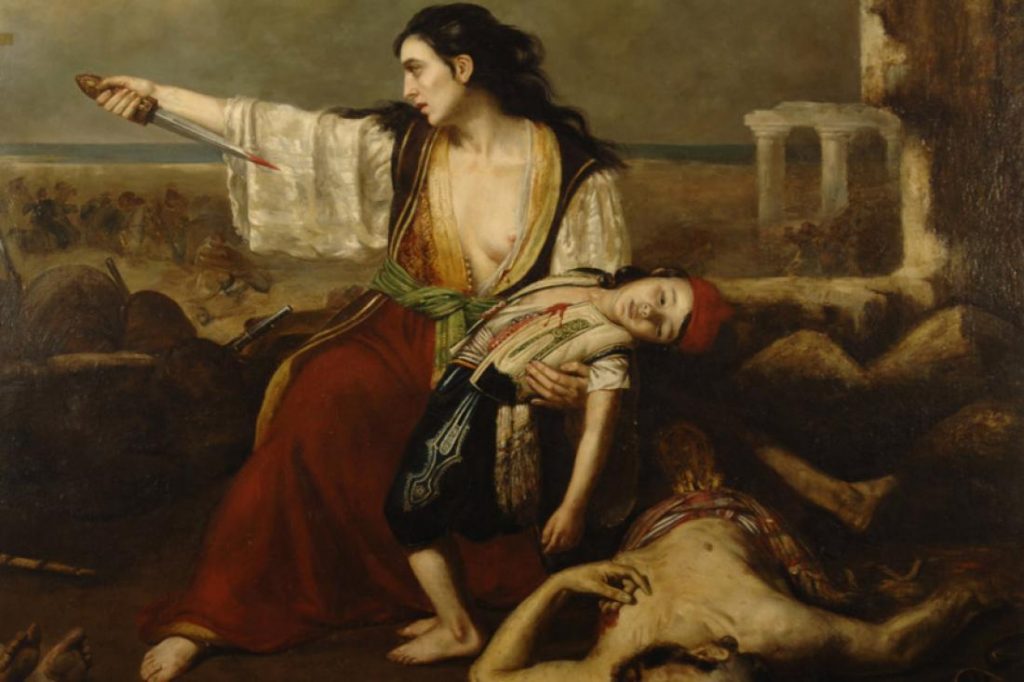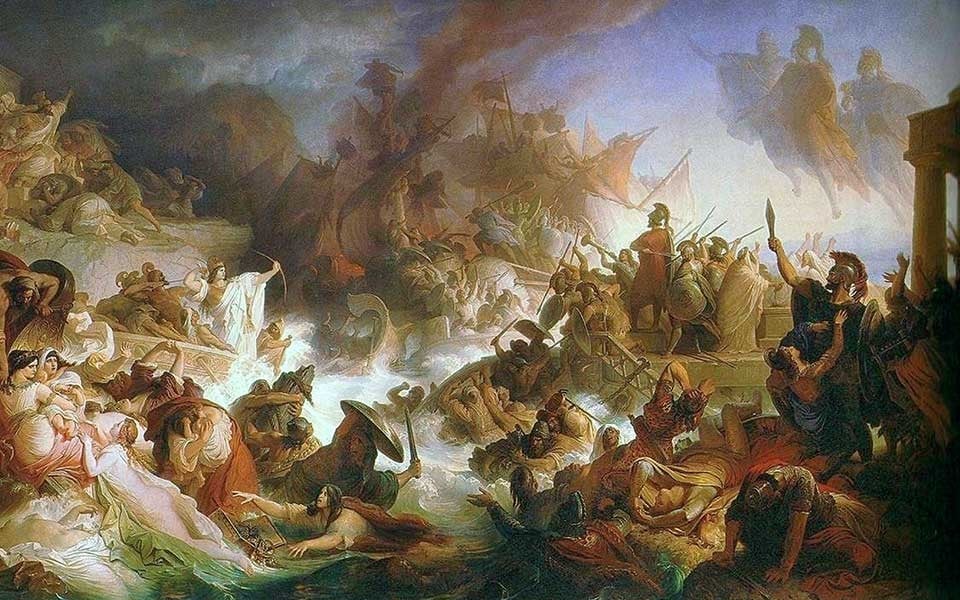
Around 540 BC, the cities of Ionia (Aegean coast of Asia Minor) had been conquered by Persia and thereafter were ruled by native tyrants nominated by the Persian satrap in Sardis. It was 499 BC when the Greek vassal-tyrant of Miletus, Aristagoras, launched a joint expedition on the side of the Persian satrap Artaphernes to conquer the Greek island of Naxos in an attempt to bolster his position.
The mission was a total failure, and sensing his imminent removal as tyrant, Aristagoras chose to incite the whole of Ionia into rebellion against the Persian king, Darius the Great.
In a desperate attempt to save himself, Aristagoras chose to incite his own subjects, the Milesians, to revolt against their Persian masters, thereby beginning the so-called revolt of Miletus.
This was the beginning of the Ionian Revolt, the associated revolts in Aeolis, Doris, Cyprus, and Caria—that is, the major uprising of several Greek regions and cities of Asia Minor against Persian rule lasting from 499 BC to 493 BC.
Persians and Ancient Greeks
The Greek cities of Ionian and Aeolia on the coast of Asia Minor had fallen into Persian hands in the aftermath of the Persian Conquest of Lydia (547 to 546 BC).
The Persians first crossed into Europe in around 513 BC when Darius launched a fairly unsuccessful campaign against the Scythian nomads north of the Danube. This was followed by the conquest of parts of Thrace in 512 BC, giving the Persians a foothold in Europe, and threatening the Greek grain trade routes into the Black Sea.
The obvious next target for Persian attack were the cities of mainland Greece, but the Ionian Revolt came first and gave the Persians a convincing reason for their invasion.
At the heart of the rebellion was the dissatisfaction of the Greek cities of Asia Minor with the tyrants appointed by Persia to rule them, along with the individual actions of two Milesian tyrants, Histiaeus and Aristagoras.
The Ionian Revolt constituted the first major conflict between Greece and the Persian Empire, and as such, represents the first phase of the Greco-Persian Wars.
In 498 BC, supported by troops from Athens and Eretria, the Ionians marched on. Declining to personally lead the force, Aristagoras appointed his brother, Charopinus, and another Milesian, Hermophantus, as generals.
This force was then guided by the Ephesians through the mountains to Sardis, Artaphernes’s satrapal capital. The Greeks caught the Persians unaware and were able to capture the lower city. However, Artaphernes still held the citadel with a significant force of men.
The lower city then caught on fire. Herodotus suggests it was accidental, but the fact of the matter is the fire quickly spread. The Persians in the citadel, being surrounded by a burning city, emerged into the market-place of Sardis, where they fought with the Greeks, forcing them back. The Greeks, demoralized, then retreated from the city, and began to make their way back to Ephesus.
Herodotus reports that when Darius heard of the burning of Sardis, he swore vengeance upon the Athenians (after asking who they indeed were), and tasked a servant with reminding him three times each day of his vow: “Master, remember the Athenians.”
With all of Asia Minor firmly returned to Persian rule after the Persian counter-offensive (497–495 BC), the revolt was finally over. For the Persians, the only unfinished business that remained by the end of 493 BC was to exact punishment on Athens and Eretria for supporting the revolt.
The Ionian Revolt had severely threatened the stability of Darius’s empire, and the states of mainland Greece would continue to threaten that stability unless dealt with. Darius thus began to contemplate the complete conquest of Greece, beginning with the destruction of Athens and Eretria.
When the Persians destroyed Athens
In 480 BC, after the victory of Xerxes I at the Battle of Thermopylae, all of Boeotia fell to the Achaemenid Army. The two cities that had resisted Xerxes, Thespiae and Plataea, were captured and razed.
Attica was also left open to invasion, and the remaining population of Athens was thus evacuated, with the aid of the Allied fleet, to Salamis. The Peloponnesian Allies began to prepare a defensive line across the Isthmus of Corinth, building a wall and demolishing the road from Megara, thereby abandoning Athens to the Persians.
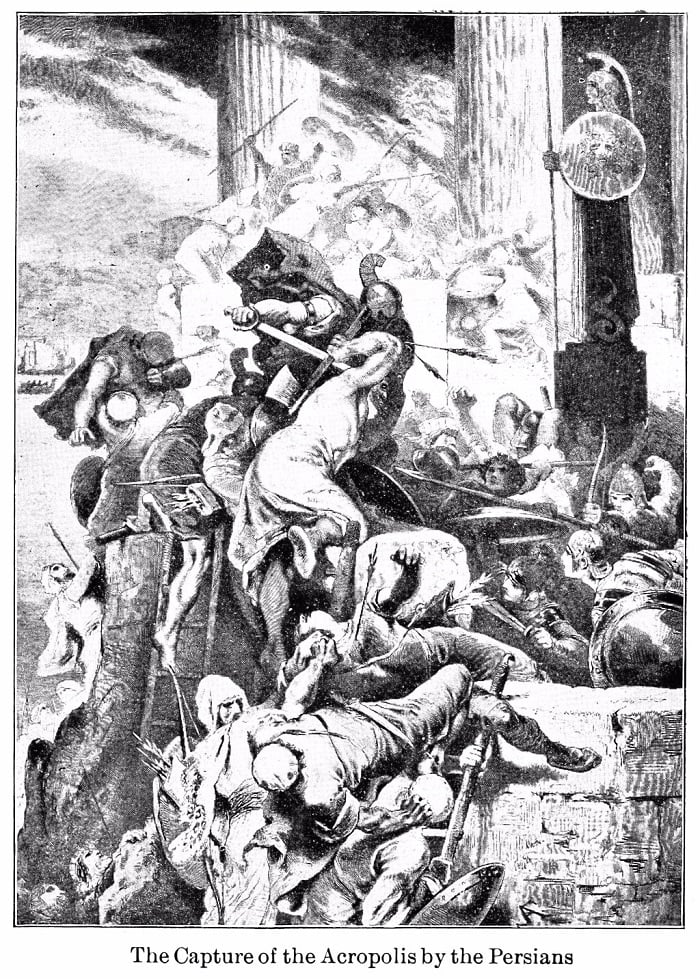
Athens fell a first time in September 480 BC. The small number of Athenians who had barricaded themselves on the Acropolis were eventually defeated, and Xerxes then ordered Athens to be torched. The Acropolis was razed, and the Old Temple of Athena and the Older Parthenon destroyed, as Herodotus writes:
“Those Persians who had come up first betook themselves to the gates, which they opened, and slew the suppliants; and when they had laid all the Athenians low, they plundered the temple and burnt the whole of the acropolis.”
— Herodotus VIII.53
Numerous remains of statues, vandalized by the Achaemenids, have been found, known collectively as the “Perserschutt,” or “Persian rubble.”
The statue “Nike (Victory) of Callimachus,” was severely damaged by the Achaemenids. It was erected next to the Older Parthenon in honor of Callimachus and the victory at the Battle of Marathon.
The statue depicts Nike (Victory) in the form of a woman with wings on top of an inscribed column. Its height is 4.68 meters, and it was made of Parian marble. The head of the statue and parts of the torso and hands were never recovered.
Xerxes also removed some of the statuary, such as the bronze statue of Harmodius and Haristogiton, “the Tyrant-slayers,” which was recovered by Alexander the Great in the Achaemenid capital of Susa two centuries later.
Column drums of the Older Parthenon were reused in the North wall of the Acropolis by Themistocles so that the Athenians always remember the sufferings of the Persian atrocities over Greeks.
Retaliatory burning of Persepolis
In the year 330 BC, Alexander the Great (356-323 BC) conquered the Achaemenid Persian Empire following his victory over the Persian Emperor Darius III (r. 336-330 BC) at the Battle of Gaugamela in 331 BC.

After Darius III’s defeat, Alexander marched to the Persian capital city of Persepolis and, after looting its treasures, burned the great palace and surrounding city to the ground. This was after a drinking party and at the instigation of Thais, a hetaira (courtesan) from Athens (according to several much later Greek and Roman accounts from Plutarch, Arrian, Diodorus Siculus and Quintus Curtius Rufus).
It was said that: “When the king [Alexander] had caught fire at their words, all leaped up from their couches and passed the word along to form a victory procession in honor of Dionysus. Promptly many torches were gathered. Female musicians were present at the banquet, so the king led them all out for the comus to the sound of voices and flutes and pipes, Thaïs the courtesan leading the whole performance. She was the first, after the king, to hurl her blazing torch into the palace. As the others all did the same, immediately the entire palace area was consumed, so great was the conflagration. It was remarkable that the impious act of Xerxes, king of the Persians, against the acropolis at Athens should have been repaid in kind after many years by one woman, a citizen of the land which had suffered it, and in sport.”
— Diodorus of Sicily (XVII.72)




